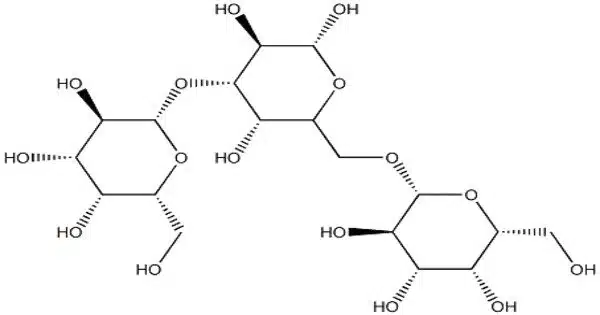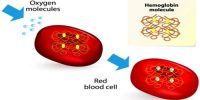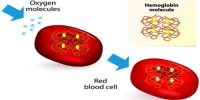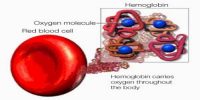Galactogen is a term that is not often used in the field of polysaccharides or biochemistry. It is a galactose polysaccharide that serves as an energy storage polymer in pulmonate snails and various Caenogastropoda. These are complex carbohydrates made up of several sugar units (monosaccharides) that are bonded together. This polysaccharide is found exclusively in the albumen gland of the female snail reproductive system and in the perivitelline fluid of eggs. Although galactose is a monosaccharide, it is commonly found in more complex polysaccharides such as galactans or galactomannans.
Galactogen acts as an energy store for developing embryos and hatchlings, and in juveniles and adults, it is replaced by glycogen. Although several suggestions have been offered, the advantage of storing galactogen rather than glycogen in eggs remains unknown.
Galactans are polysaccharides that include galactose as their major sugar unit, and they can be found in plants and microbes. Galactomannans are polysaccharides that include both galactose and mannose sugar units. In plants, these polysaccharides are frequently used for structural or storage purposes.
Common galactogenic foods and herbs include:
- Oatmeal: Oats are known for their potential to boost milk supply.
- Fenugreek: This herb is often used to increase breast milk production and is available in supplement form.
- Brewer’s yeast: Brewer’s yeast is rich in B vitamins and is believed to help with milk production.
- Fennel: Fennel seeds and tea are thought to have galactogenic properties.
- Blessed thistle: Like fenugreek, blessed thistle is available in supplement form and is used to enhance milk supply.
- Garlic: Garlic is considered a galactogenic food that can be incorporated into various dishes.















